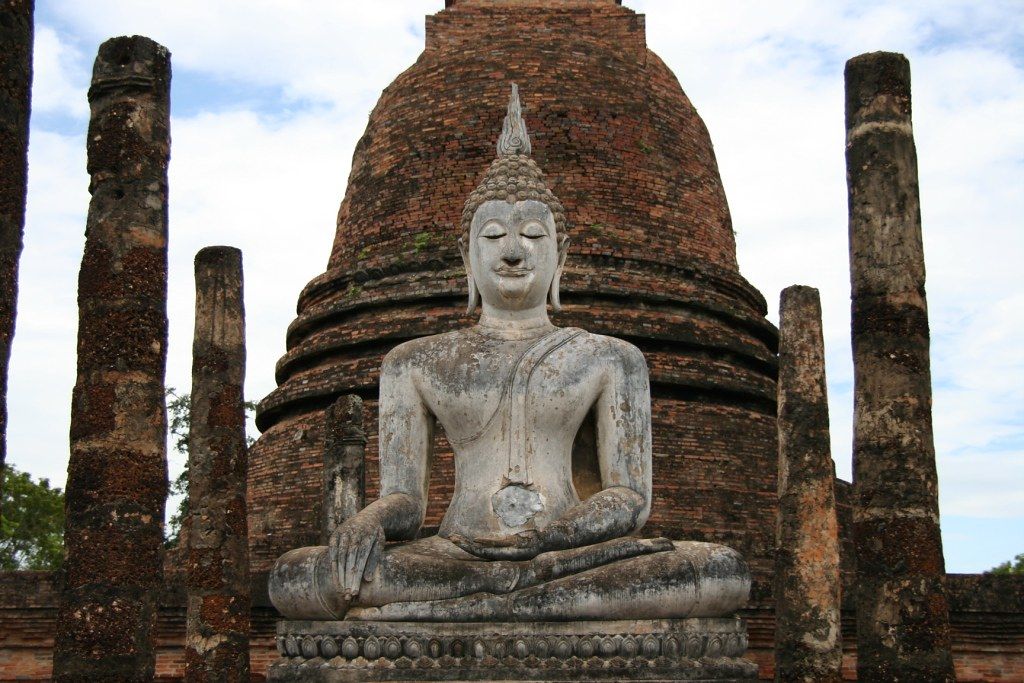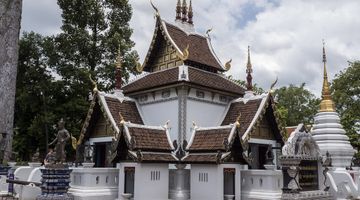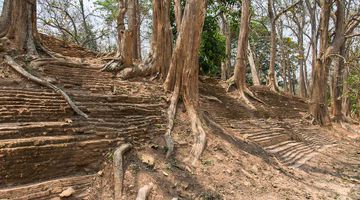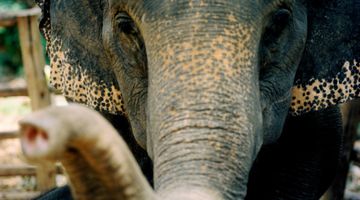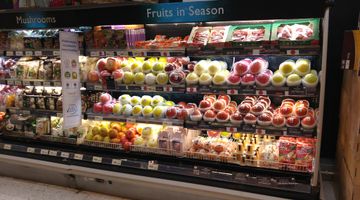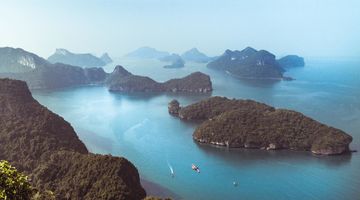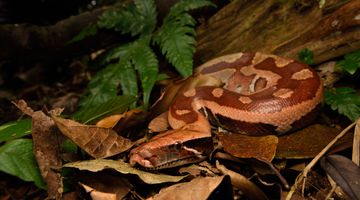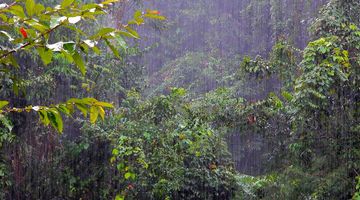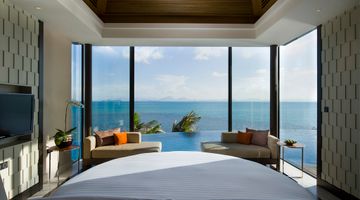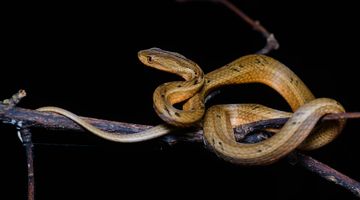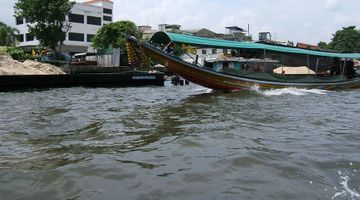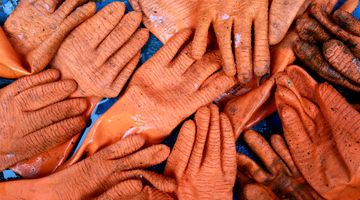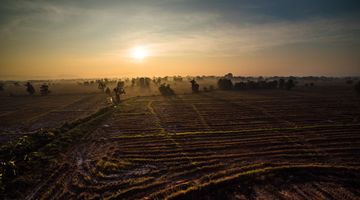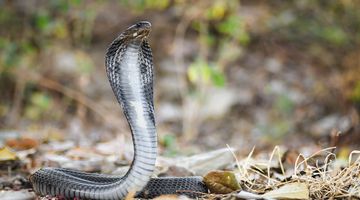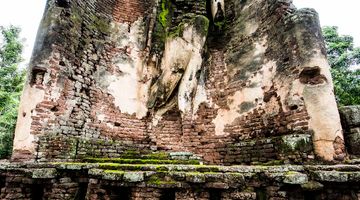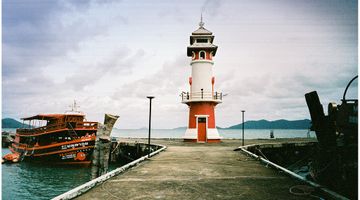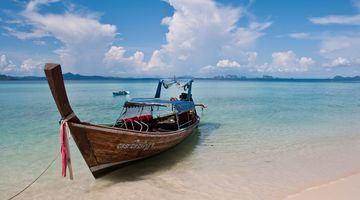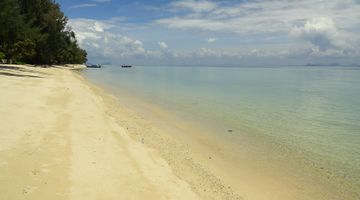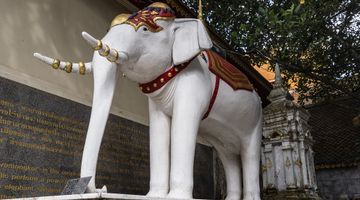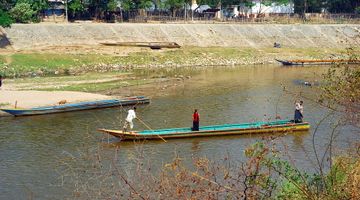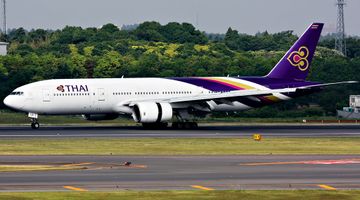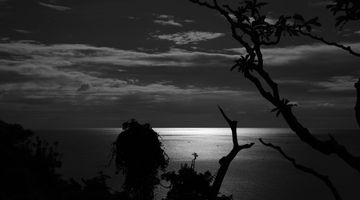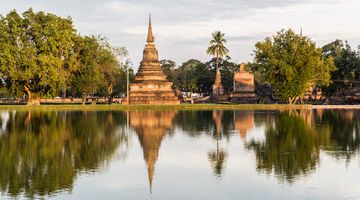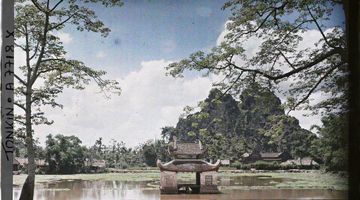Sukhothai Historical Park
The Sukhothai Historical Park is the main reason for tourists and locals to venture to Sukhothai. The park contains historical ruins that date back to the 13th century and it was opened to the public back in 1988.
The park is divided into 5 sections: Central, Northern, Western, Eastern and Southern. Most tourists will only check out the Central and Northern parts, what actually is good news as leaves the rest of the park relatively tourist-free.
Central Zone
The Central zone is by far the most popular and busiest of the zones and that is mainly down to one of the most impressive sites in the ancient city, Wat Mahathat. This site was once the kingdom’s royal monastery and sprawls over a large area. Why should you visit Wat Mahathat, too? It contains a large seated Buddha, no less than 198 chedis (!) and a very atmospheric pond with water lilies. What we personally liked most about Wat Mahathat is a very impressive stucco figures gallery which bear traces of some original colouring.
Other sites to check out in the Central zone include temples like Wat Sa Si and Wat Si Sawai. Very compact and elegant Wat Sa Si is arguably the best place to head for sunset in Sukhothai. It is also the place where light and sound shows are held monthly during the high season.
Wat Si Sawai with its three Khmer prangs will remind you of Angkor. It is a very quiet place and if you happen to be there in May, you’ll see hundreds of ripe mango fruit from several large mango trees on the ground.
The Central Zone in general is a great destination to do some pedalling as it is quite extensive with good roads, ponds, beautifully trimmed hedges and rain trees that give it a very relaxing park vibe.
Come here on a Saturday night when the park opens till late when it is wonderfully lit up. The central zone is open on Sunday-Friday from 6.30am to 7pm and 6.30am to 9pm on Saturdays and the entrance fee is THB100.
Northern Zone
The Northern zone is not as vast as the Central one but it houses a couple of very impressive ruins. The main sites here are Wat Si Chum and Wat Phra Phai Luang.
Wat Si Chum is actually a mondop which contains a huge seated Buddha that is 11 metres across at the waist and its fingers are the same size as a fully grown person. There are also 700 year old murals and engravings that tell stories from Buddha’s previous lives. It is one of the most photographed places in Sukhothai and is really impressive.
At Wat Phra Phai Luang you will see stuccos depicting scenes from Buddha’s lives and the details are some of the finest in the ancient city. To our testing, this wat is a nice alternative to a busier Wat Mahathat, if you decide by some reason skip the Central zone. There is a water lily pond near by which certainly adds to the atmosphere.
The Northern zone opens between 7.30am and 5.30pm and costs THB100.
Western Zone
The Western zone is the most expansive and we spent quite a few hours exploring the area. It is impossible to cover on foot, so you will need either a bicycle or a motorbike to transport between the sites.
Here you will see various ancient meditation monasteries – well, the remnants of monasteries, sometimes in the form of a modest heap of stones only. The biggest attraction here is by all means Wat Saphan Hin and even it alone is definitely worth the entrance fee.
Wat Saphan Hin is found on a 200 metre high hill with forests running alongside both sides. Once you make it to the top you are greeted with a 12.5 metre standing Buddha with its right hand raised to portray a “stop-fighting” posture. Look around the ruins and take a step back to share the views that the Buddha has been looking at for centuries. Note that the stone bridge (saphan hin) can be quite slippery with wet weather so take care getting up and down.
The western zone is open from 8am to 4.30pm and costs THB100.
Southern and Eastern Zones
The other zones, Southern and Eastern, contain free sites and are a cycle ride away from the central zone. The public tends not to bother with these zones as much which can be to your delight as the both are quite crowd free.
The most notable sight in the Southern zone is officially considered to be Wat Chetuphon. At Wat Chetuphon, the stand out feature is the intimidating mondop with the remains of Buddha images either side of it, which sits in a vast complex. Unfortunately, the humble attempts of renovation left the site in rather a sad condition, but the impression is improved by handsome ruins of Wat Chedi Si Hong which sits across the road from Wat Chetuphon. There are intricate stone carvings all around the place though some of them broken and lying on the earth which actually gives a kind of mysterious vibe to the whole setting.
Wat Chang Lom in the Eastern zone is one of the most expressive temples in the historical park. A large brick chedi at Wat Chang Lom is surrounded by 32 elephant sculptures around its base what creates a striking image. The site has had recent restorations due to some of the elephants getting broken up but they are still simply striking.
On leaving Wat Chang Lom behind and heading back to Sukhothai, check the old city wall the remnants of which are clearly visible.
